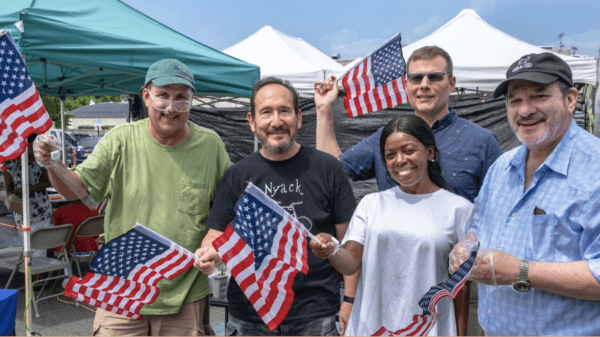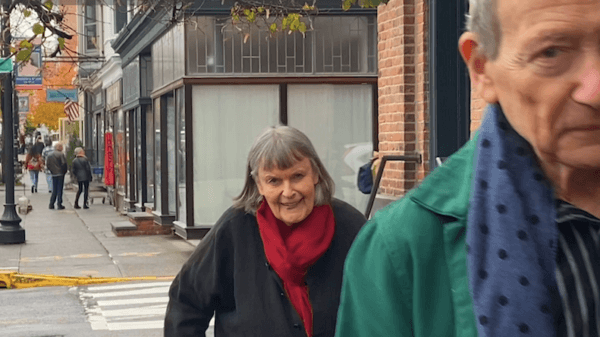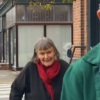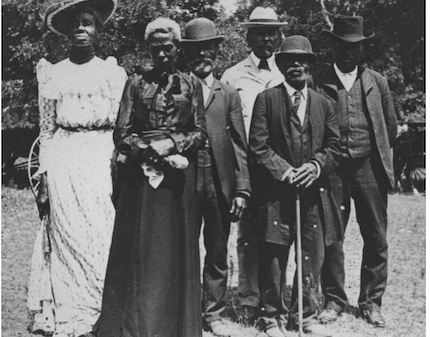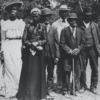In 1868, fireworks lit up Nyack’s night sky after a political rally at the Wigwam, a bustling community center on South Broadway at the southwest corner of Church Street. The Wigwam served as a hub of village life, hosting a meat market, grocery, stable, and meeting hall. Its halls echoed with political rallies, speeches, and music. Bicycle races brought excitement, and during the 1868 campaign, Horace Greeley addressed an enthusiastic crowd of 1,500. There hundred more were turned away.
The Wigwam was full to its utmost capacity…adventurous types utilized the roof and windows.
Rockland County Journal September 5, 1868
Despite its significance, the only known photograph depicts a modest building resembling an aging western saloon more than a thriving mall. Nyack wasn’t alone in having a Wigwam; Haverstraw and many American cities had similar structures.
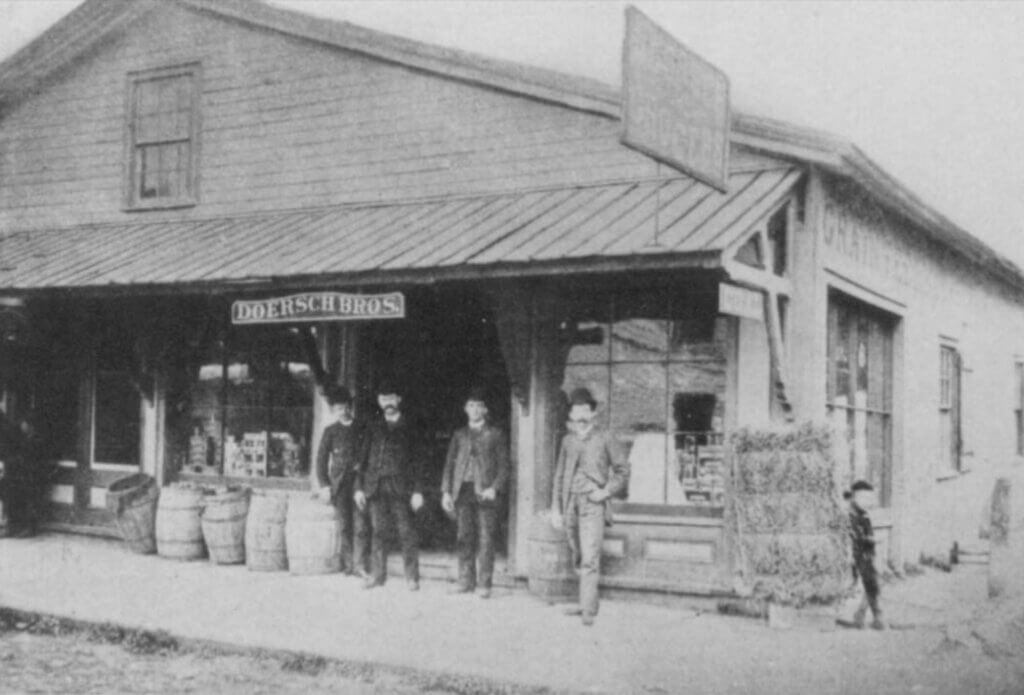
The Unexpected Journey of the Word “Wigwam”
The word “wigwam” comes from the Algonquin “wikewam,” meaning a dome-shaped Indigenous dwelling. By 1789, Philadelphia’s Tammany Society had adopted the term for its meeting place. Around the Civil War, “wigwam” became shorthand for political gatherings, especially in New York City. The Tammany Hall meetings were often called “Tammany wigwams,” with “Tammany” itself derived from the Lenape leader Tamanend.
The term also carried a pejorative connotation, describing cheaply built wooden structures often erected for political rallies. In 1860, Chicago constructed a massive wooden Wigwam in just five weeks to host the Republican National Convention, where Abraham Lincoln won the presidential nomination. The two-story structure, designed for 12,000 attendees, stood near the Chicago River but burnt down in the Great Fire of 1871.
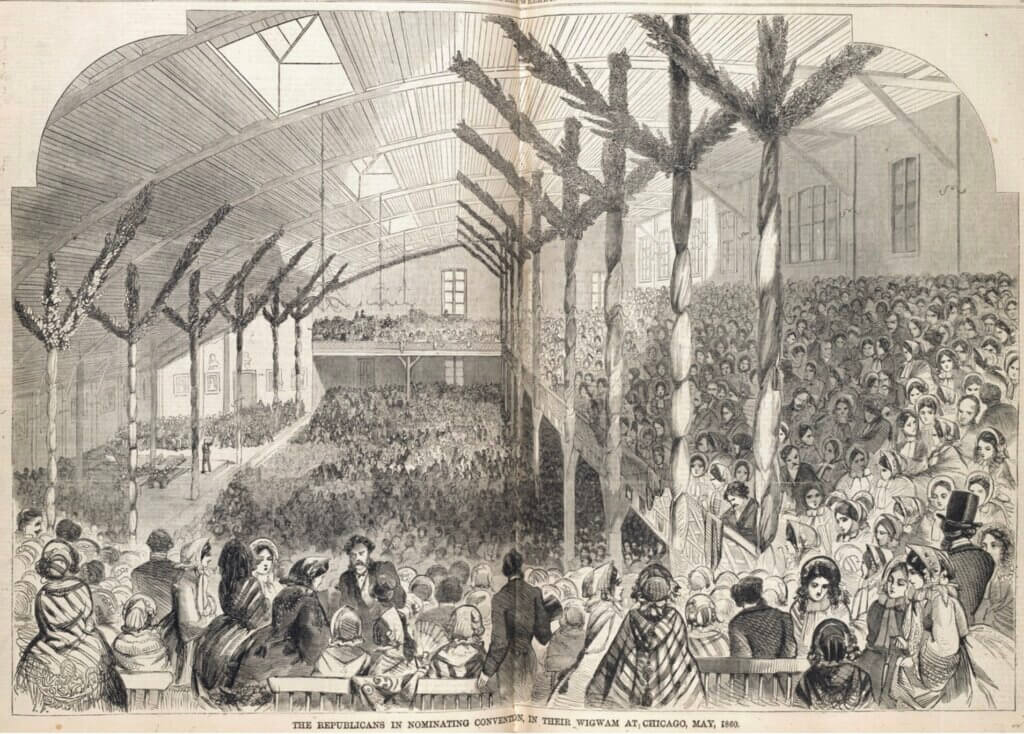
Nyack’s Wigwam: A Community Landmark
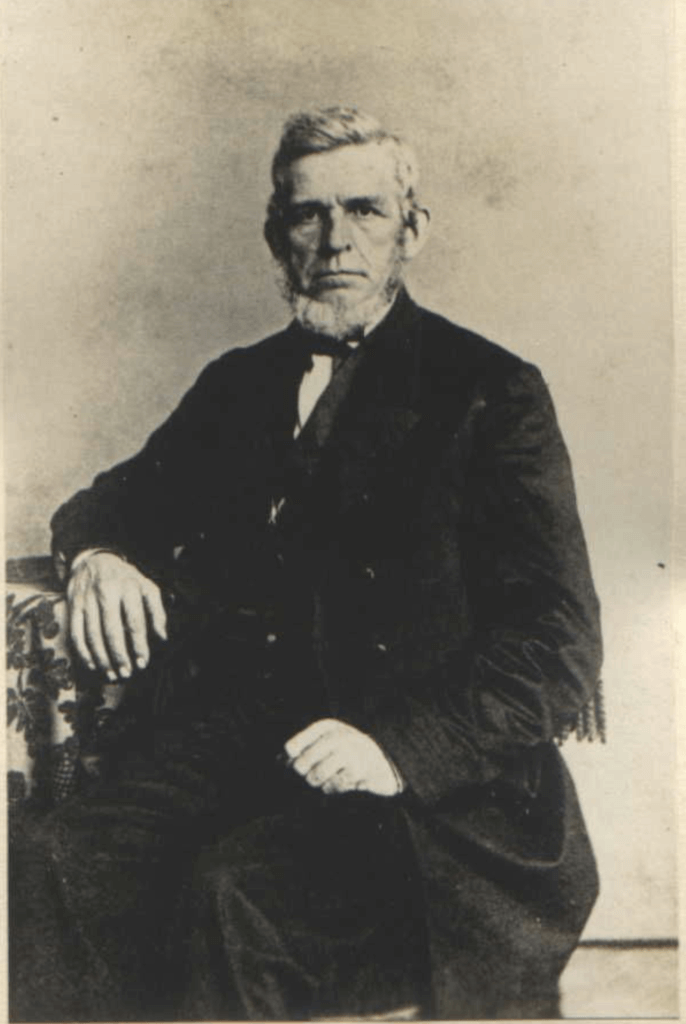
Built in 1868 by Aaron. L. Christie, the Nyack Wigwam repurposed an old shed, once the Demarest lumber yard, south of the Reformed Church along Broadway. The Wigwam’s long structure had distinct wings and a roofed porch facing Broadway, with windows along Church Street. The meeting hall was sometimes called “Christie’s Hall,” named for its builder, who also ran a carriage and sleigh-making business on Liberty Street. Abraham Lincoln appointed Christie as Nyack postmaster in 1861, a position he held for many years.
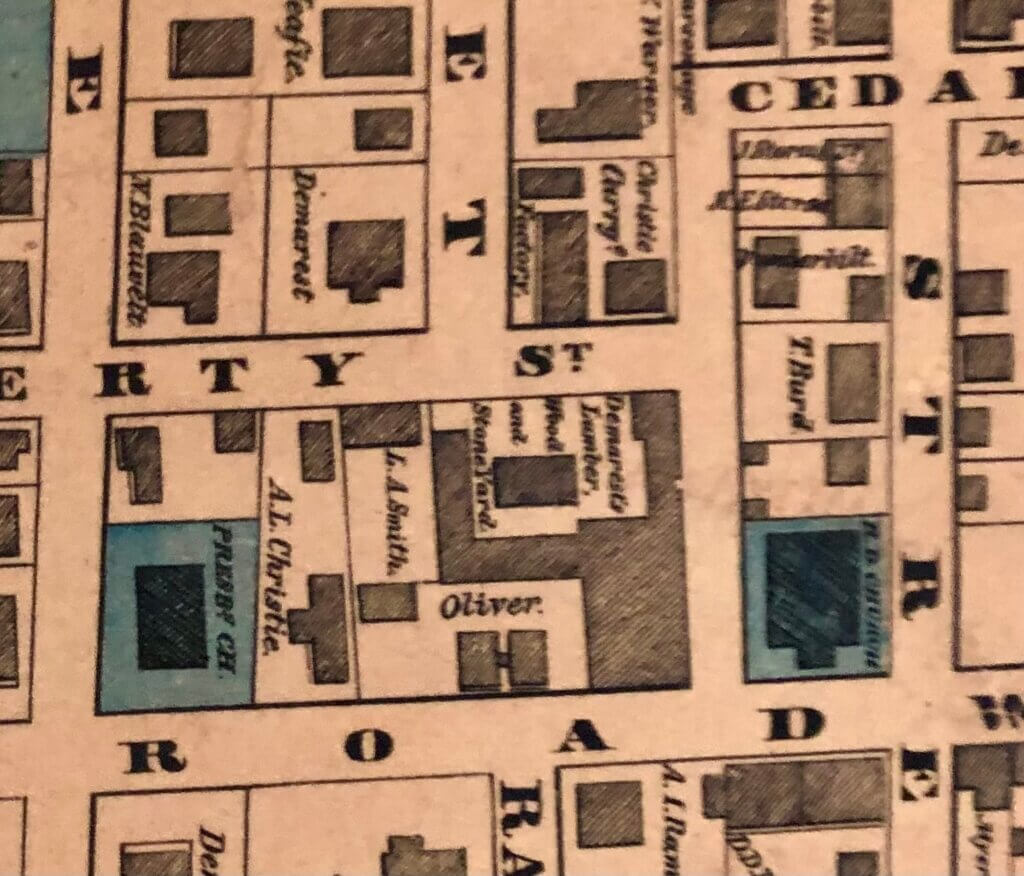
In a rapidly growing village—from just seven homes in 1800 to over 3,400 residents in 1870—the Wigwam met the community’s need for a versatile meeting space. While the meeting room above Main Street’s Union Hall served smaller gatherings, the Wigwam welcomed larger crowds.
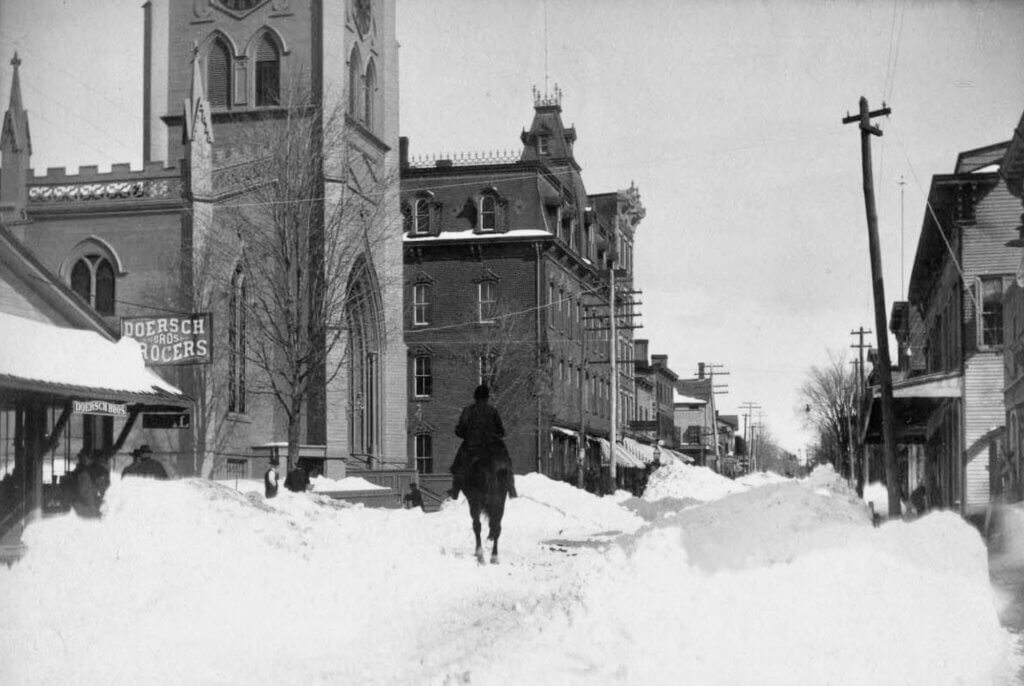
Horace Greeley’s Visit
Horace Greeley, the influential abolitionist and newspaper publisher, ranked among the most prominent voices of his era, alongside Lincoln and Grant. In 1860, he attended a meeting at the Wigwam promoting the Lincoln candidacy. A vocal advocate for Andrew Johnson’s impeachment, Greeley spoke at the Wigwam in September 1868, officially launching Nyack’s support for the Grant-Colfax presidential ticket.
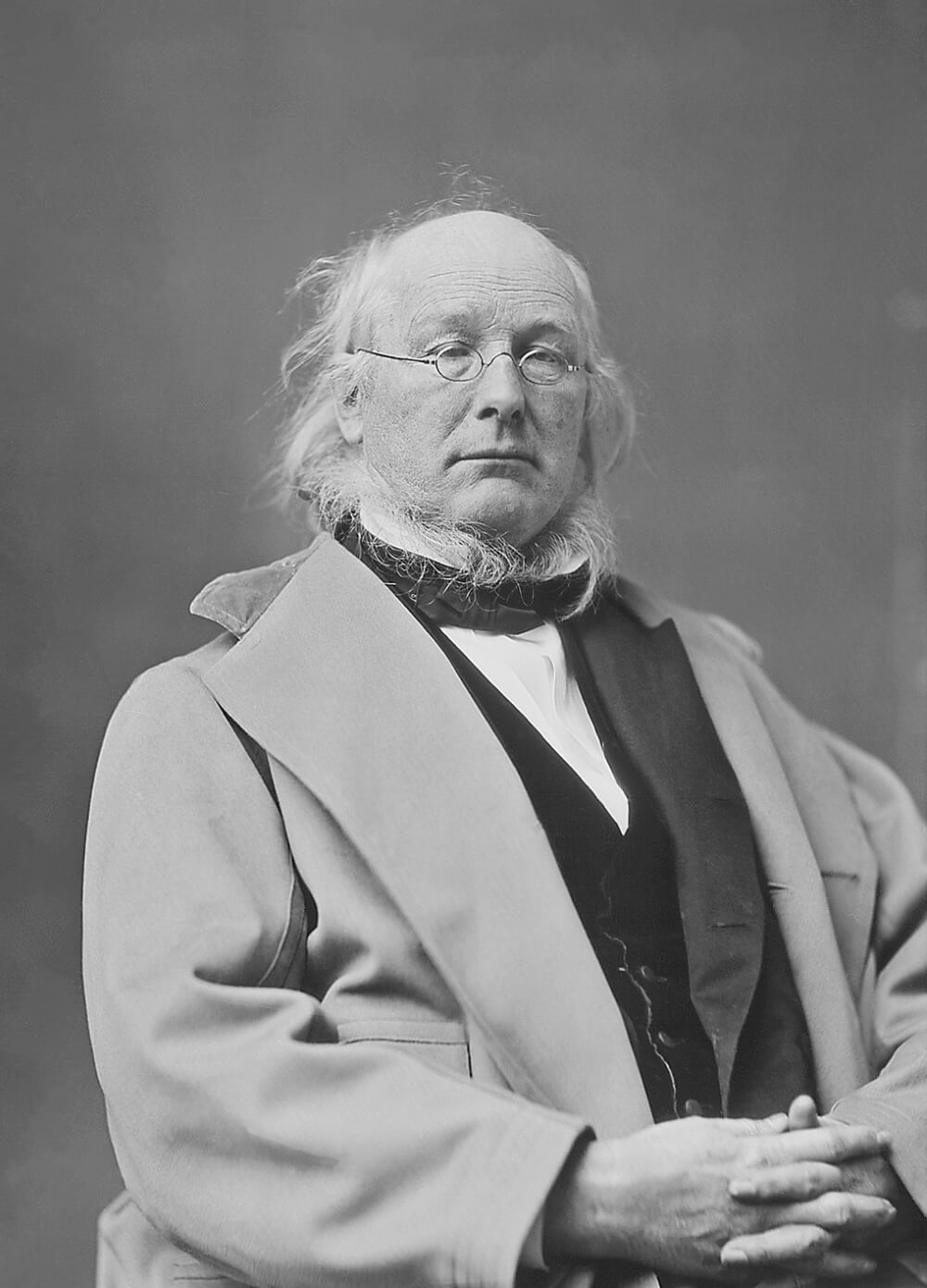
That night, 1,200 to 1,500 people packed the hall, with hundreds more turned away. The Nyack Glee Club opened the event before Greeley delivered a 90-minute speech on American history from the Revolution through the Civil War. The crowd responded with a standing ovation, followed by cheers and fireworks that were reportedly heard across the river by passengers on the Nyack-Tarrytown ferry.
A Versatile Venue
While the Wigwam was a political hotspot, it also housed everyday businesses. At the time of Greeley’s speech, the building contained a meat market and grocery. To keep pace with competitors in more elegant brick structures, Christie added a decorative awning to the front porch. By 1870, William Jersey operated a store there, selling flour, feed, hay, straw, eggs, butter, and cheese. The Doresch Brothers took over the store sometime around 1880.
The Wigwam also embraced trends like velocipedes, the high-wheeled bicycles popular in the 1860s. Mr. White opened a velocipede school in the building, renting bikes for 20 cents an hour while charging spectators 25 cents to watch. Local cyclist Irving Smith won a silver goblet in a race, while Charles Pike humorously received a leather medal for finishing last. However, the school closed soon after complaints from Reformed Church parishioners about the “thundering sounds” of bicycle wheels.
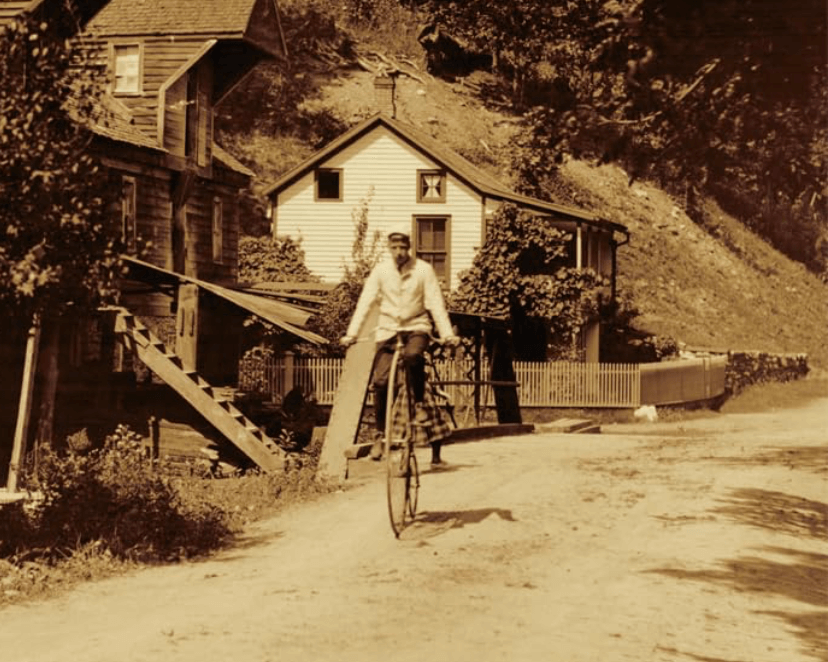
Community events also found a home in the Wigwam. The 1869 school graduation featured a stage adorned with evergreens and flowers, while concerts, including performances by the Tremaine Brothers and their multi-instrument organ, attracted large audiences.I n 1868, Blind Tom, a touring pianist and composer, performed to a packed house. In addition, The Wigwam served as the post office during Christie’s days in office.

From Pop-up to Movie Theater & Summer Stock Theater
The Wigwam’s prominence faded after the nearby Opera House opened, offering a more elegant venue for performances and meetings. By the late 19th century, Van Houten’s Livery Stable occupied the rear of the property, and Henry Doersch ran a grocery business there before relocating across the street to a new Victorian building.
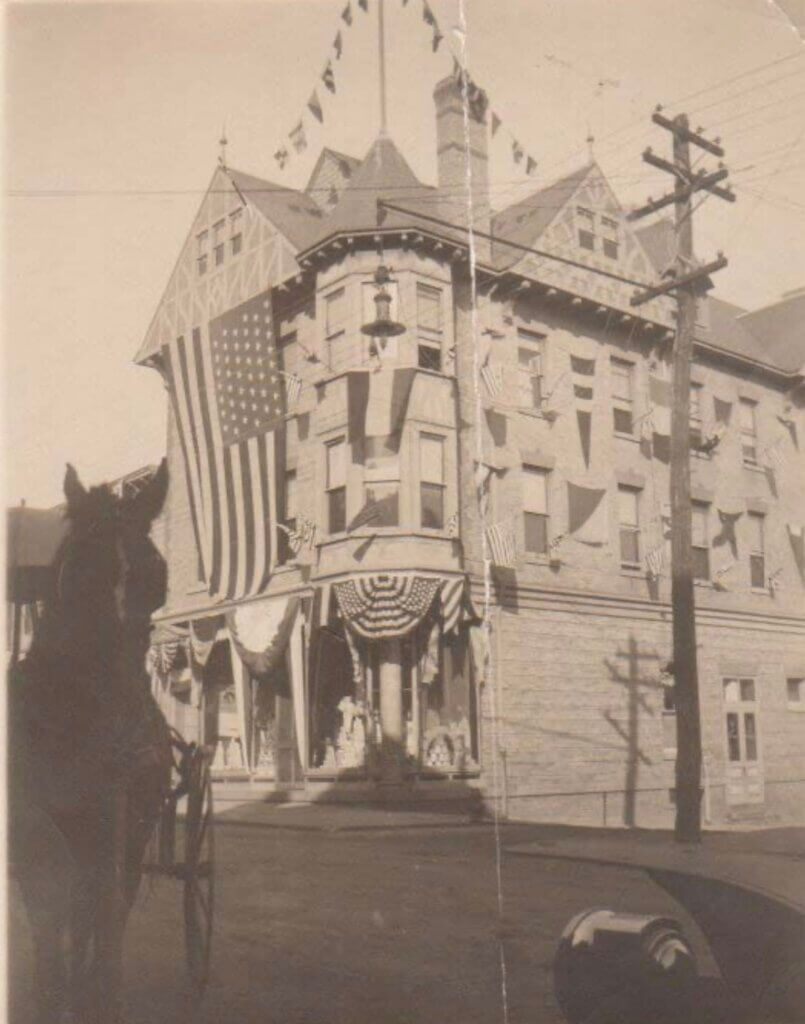
The Wigwam vanished from records after 1891. In its place, the Broadway Theater opened in 1910, later becoming the Tappan Zee Playhouse, which hosted stars of stage and screen until it closed in 1970. The building stood vacant for decades before its demolition in the early 2000s.

Remembering the Wigwam
Today, the Wigwam exists only in memory, its fireworks and festivities long gone. Yet, for decades, this unassuming structure served as Nyack’s indoor mall, community center, and a stage for some of the nation’s most prominent voices. We can still imagine the sky alight with fireworks and the buzz of a village gathered within its walls—a testament to a bygone era of community and connection.

Mike Hays lived in the Nyacks for 38-years. He worked for McGraw-Hill Education in New York City for many years. Hays serves as President of the Historical Society of the Nyacks, Vice-President of the Edward Hopper House Museum & Study Center, and Upper Nyack Historian. . Married to Bernie Richey, he enjoys cycling and winters in Florida. You can follow him on Instagram as UpperNyackMike.
Editor’s note: This article is sponsored by Sun River Health and Ellis Sotheby’s International Realty. Sun River Health is a network of 43 Federally Qualified Health Centers (FQHCs) providing primary, dental, pediatric, OB-GYN, and behavioral health care to over 245,000 patients annually. Ellis Sotheby’s International Realty is the lower Hudson Valley’s Leader in Luxury. Located in the charming Hudson River village of Nyack, approximately 22 miles from New York City. Our agents are passionate about listing and selling extraordinary properties in the Lower Hudson Valley, including Rockland and Orange Counties, New York.




